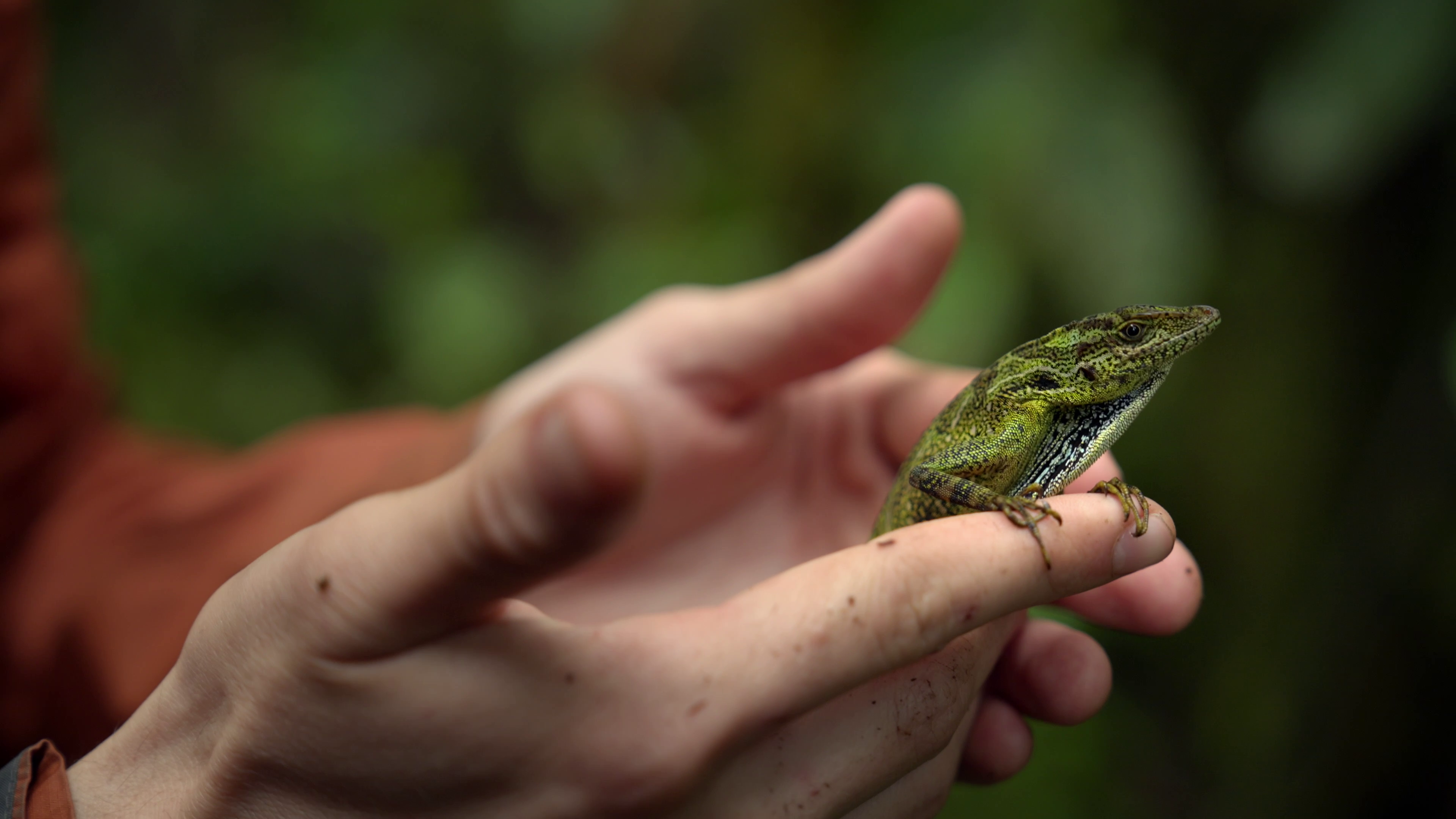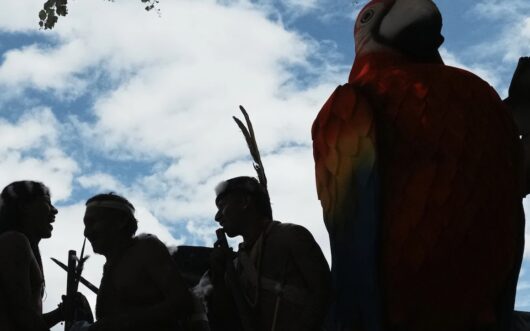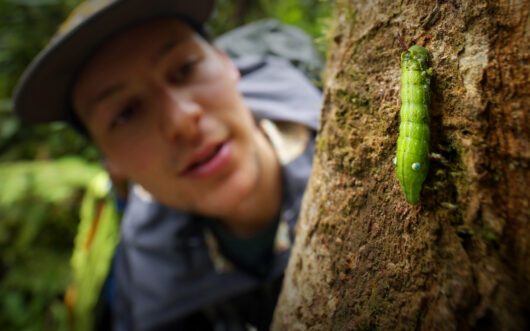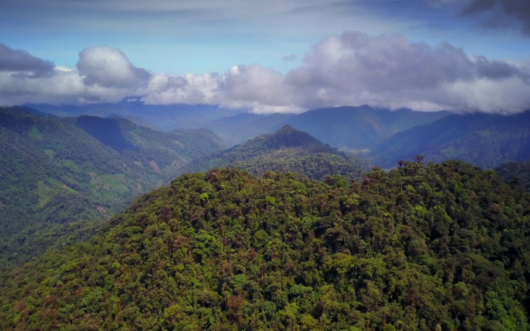Some advocates hope this is the start of more sweeping protections for the environment.
In the mountains of northern Ecuador, the Los Cedros Protected Forest is home to howler monkeys and spectacled bears, a stunning array of birds and frogs, and species of orchid found nowhere else. And this rainforest is special in another way: It has been granted a legal standing — called “rights of nature” — that environmentalists are striving to replicate all over the world.
In 2021, Ecuador’s constitutional court ruled that plans to mine in Los Cedros contravened the forest’s rights of nature, which had been enshrined in the country’s constitution in 2008. “Nature, or Pacha Mama,” states the constitution, referring to the Indigenous Andean earth goddess, “…has the right to integral respect for its existence and for the maintenance and regeneration of its life cycles, structure, functions, and evolutionary processes.”
Now, many cities, states, tribes, and nations are following Ecuador’s lead by granting nature legal rights. These laws and statutes have varying takes on what rights, and which aspects of nature, are protected. But as this global movement gains momentum, it could reaffirm humanity’s commitment to protecting the rest of nature.
“We’ve long had a role as stewards or guardians of ecosystems,” says Grant Wilson, executive director of the Earth Law Center, which advocates for rights of nature laws globally. “We can reclaim that.”
Wilson and others argue that that nature as a whole, or parts of nature like rivers, forests, wetlands, and individual species, deserve similar rights as people in a court of law. This is not as outlandish as it might sound. In the United States, for example, business entities like corporations and partnerships are treated as “legal persons” in a court of law — granting them some of the same legal rights as actual people, such as owning property, signing contracts, and being sued.
Granting nature such legal standing could lead to more aggressive prosecution of environmental cases. In the United States, to sue a company for polluting a watershed, for example, a plaintiff must have standing — meaning they are able to assert they have been harmed by that pollution.
“But if you recognize the watershed as a legal subject with rights,” says Craig Kauffman, a political scientist at the University of Oregon, “it’s very easy to get biologists or an ecological scientist to show the direct harm from that action on the watershed.” A person could then sue the company on the watershed’s behalf — much like how legal guardians represent children in court, Wilson says.
The first rights of nature court case in the United States came in 2021, when an environmental activist sued a development company and the Florida secretary of environmental protection on behalf of five bodies of water in Orange County.
The development company had recently been given a permit to fill in some wetland areas in order to build new homes and businesses, according to Inside Climate News. But in 2020, voters had approved an amendment to the county charter stating that “all… Waters within the boundaries of Orange County, have a right to exist, Flow, to be protected against Pollution and to maintain a healthy ecosystem.[1] ” The development company asked the court to dismiss the case, arguing in part that the Florida State House had passed a law that barred local governments from granting legal rights to aspects of nature. In 2022, a judge dismissed the suit; it is currently being appealed.
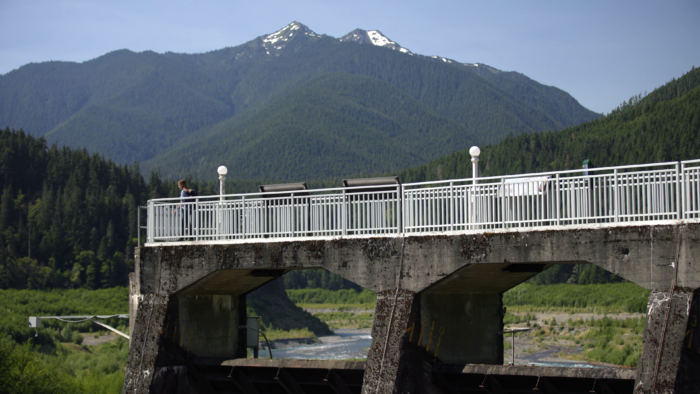
Other bodies of water have been given legal protections, too. The Yurok tribe granted legal rights to the Klamath River, which flows through northern California and Oregon, in 2019. That same year, a judge in Bangladesh ruled that the Turag River, which runs through Dhaka, the country’s capital, has legal rights — and extended those rights to all other rivers in the country.
Laws have also granted rights to individual species. The 1855 Treaty Authority, which represents many Chippewa in Minnesota, and the White Earth Band of Ojibwe granted rights to wild rice, or “manoomin,” in 2018 — noting that manoomin “has been a staple in the diets of native people for generations.” Some experts have warned that manoomin is endangered by threats such as climate change and poor water quality.
Ecuador’s constitution protects nature as a whole. This includes rights not necessarily granted to people (or corporations), like the “regeneration of its life cycles,” the right of nature to be restored, people’s right to benefit from nature, and a promise that the government will work to prevent extinctions and ecosystem destruction. Building on the Los Cedros ruling, Fundación EcoMinga, an Ecuadorian conservation organization, is invoking rights of nature to protect the spectacular Dracula Reserve — an unfolding drama featured in the Wild Hope episode, “Does Nature Have Rights?”
The rights of nature movement has faced some setbacks. Similarly to the Orange County case, a federal judge struck down a “Lake Erie Bill of Rights” approved by voters in Toledo, Ohio in 2020, on the grounds that the law was “unconstitutionally vague.”
But advocates are hopeful that if it spreads, the rights of nature movement could start to meaningfully address some of the major, ongoing threats to nature. The biodiversity and climate crises are getting worse, and the status quo has not worked to solve these problems, Wilson says.
“A more systemic solution to get to root causes of the problem, I think, is necessary,” he says. “And rights of nature is one of those solutions.”
Editor’s Note: The author of this piece previously worked for one of Fundación EcoMinga’s conservation and funding partners.
Rights of Nature are Blossoming Around the World
- Latin America has become “the heart of the rights of nature movement,” according to Wilson — and many local governments across the region are embracing rights of nature laws. In Mexico, for example, the states of Guerrero, Oaxaca, and Colima, as well as Mexico City, have added rights of nature into their constitutions. And in Brazil, municipalities like Bonito, Paudalho and Serro have adopted rights of nature laws.
- Judges are starting to grant rights to certain aspects of nature. In Colombia, for example, court decisions have ruled that the Atrato River, the Amazon rainforest and other aspects of nature have rights.
- These laws aren’t showing up only in big cities or in wonders of the natural world. One of the first rights of nature laws in the United States was passed in 2006 in Tamaqua, a town of less than 7000 people in eastern Pennsylvania. It was designed to prevent sewage dumping.
- Wilson believes the United Nations could take “an increasingly big role” in the rights of nature movement. His organization, the Earth Law Center, has pushed for the UN to adopt a “Declaration on the Rights of Mother Earth.” A draft resolution states that “in an interdependent living community it is not possible to recognize the rights of only human beings without causing an imbalance within Mother Earth.”
